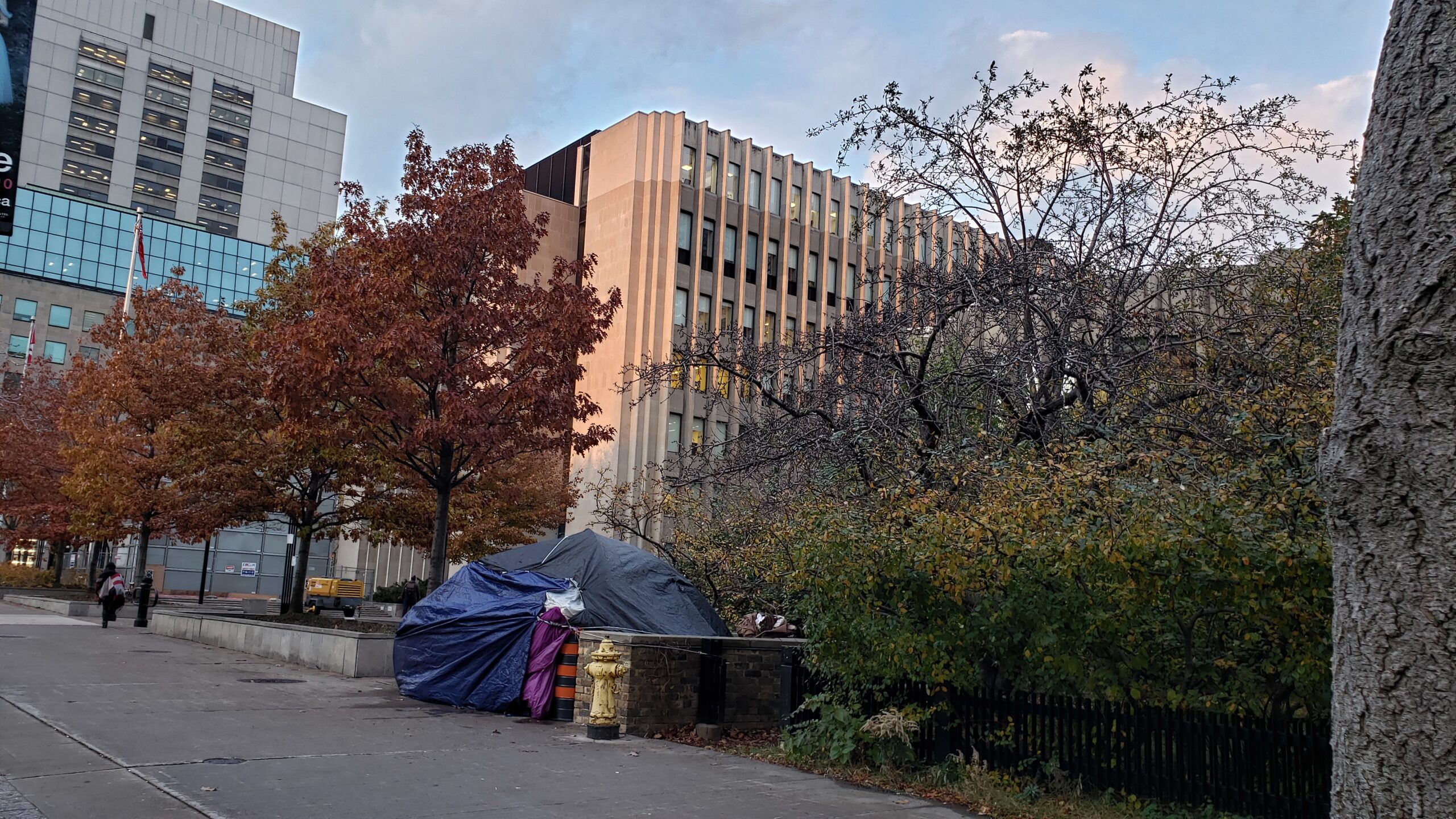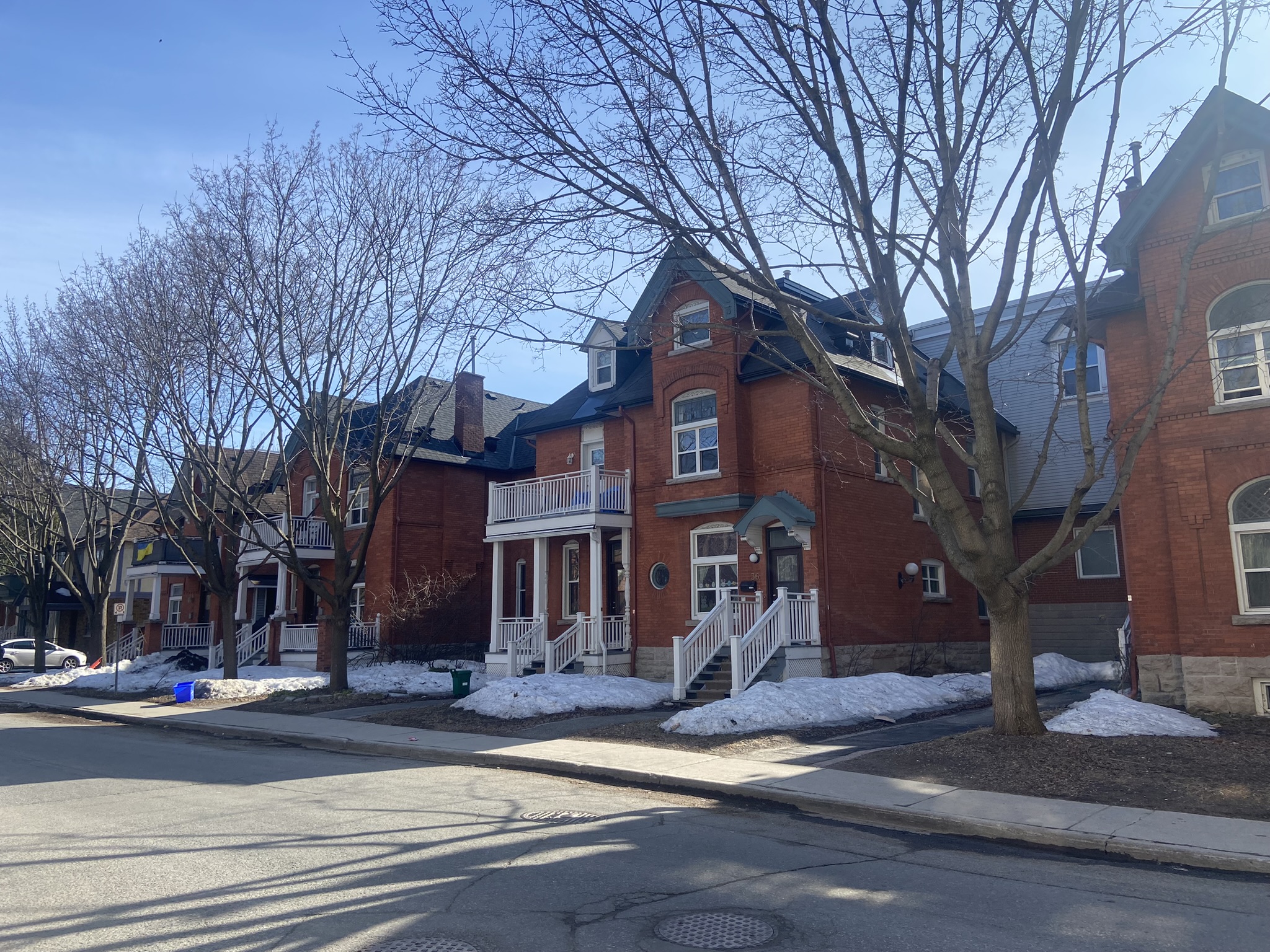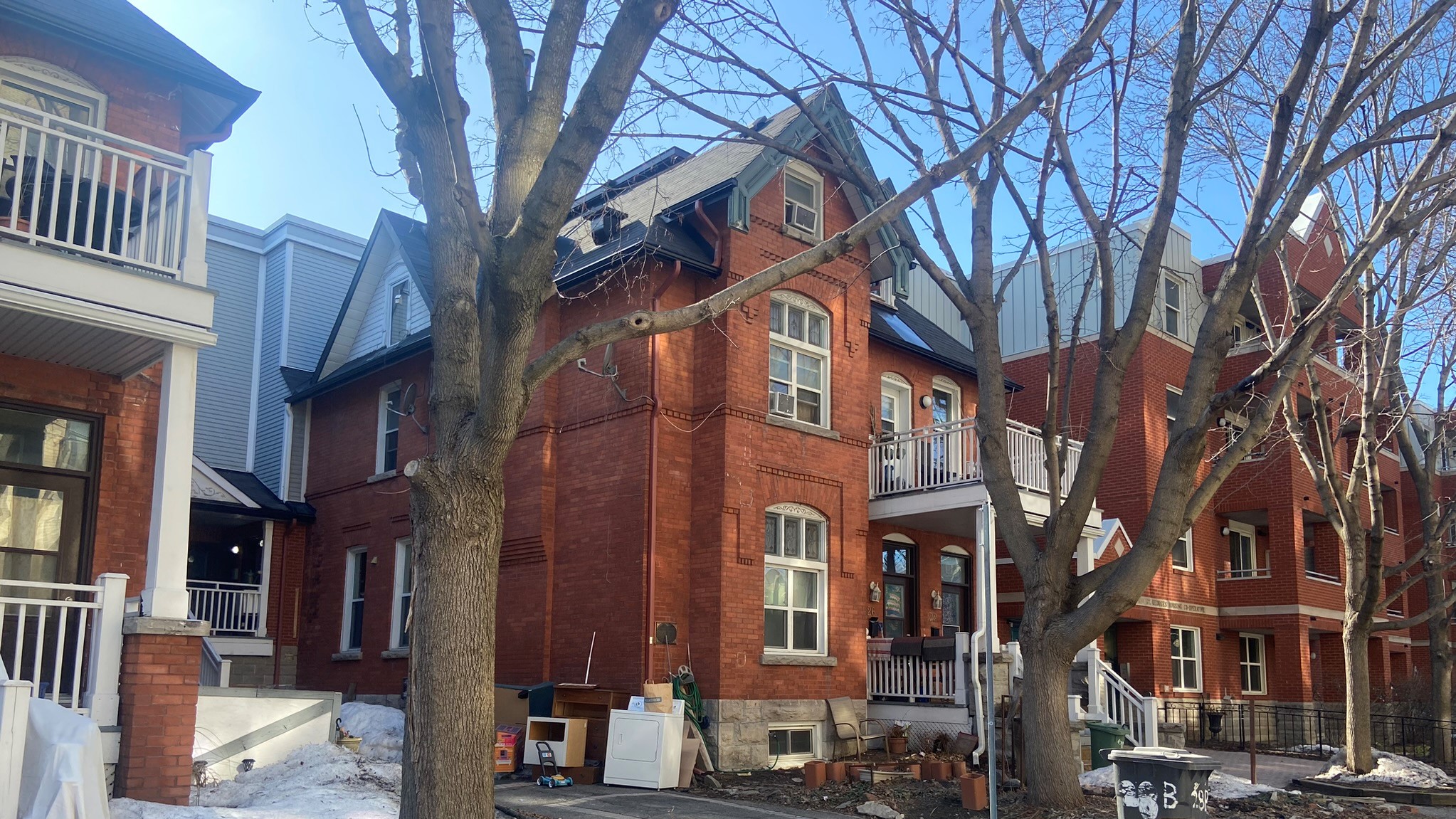Carl Elefante’s quote, “the greenest building is the one that already exists” is a widely-accepted axiom. But building re-use can also be a large part of the solution to the housing affordability crisis. In Building Magazine’s recent article, “Three strategies to help fix housing supply,” author Nevena Dragicevic argues that building reuse and preservation are among the top strategies for achieving housing affordability in Canada.
TRACE supports the efforts of those who regenerate underused or abandoned buildings to add to the affordable housing stock in Canada.
The following quotes from the Building Magazine Article resonate with TRACE’s beliefs and practice:
“Don’t overlook the supply we already have.”
“The most affordable house is one that is already built.” And while much of governments’ focus is trained on announcing and building new units, insufficient attention is given to preserving the housing that already exists.”
“Preserving deeply affordable housing – such as single-room accommodations in rooming houses and other building forms – is also critical as it is often home to very low income individuals with experience of homelessness for whom displacement could have dire consequences.”
“Saving these homes from demolition and redevelopment, as well as acquiring other properties that could serve as affordable housing is an underdeveloped priority at all levels of government. With the pandemic emptying out many office buildings across the country, there is also an underleveraged opportunity to acquire such properties for conversion into housing, as Calgary has successfully done.”
“To be effective, a holistic and coordinated approach to acquiring these buildings is needed, with each level of government playing an important enabling role: federal and provincial governments can create dedicated acquisition funds, provinces can grant municipalities the right to bid first on select properties, and municipalities can work with local communities and land trusts to purchase and renovate housing where it is needed.”

The Old Tale of Gentrification
Kerry Gold reports in the Globe and Mail that between 2011 and 2016 Canada built 60,000 homes targeted at those most in need but also lost 322,000 in that same timeframe due to demolition or renovations with substantially increased rents. In most Canadian cities, new rental units are entering the market at about double the median rent.
“The thing happening is that many of the new units being built through these rental construction programs are demolishing existing older three-storey buildings,” said Ann McAfee, a member of the National Housing Council and former co-director of planning for the City of Vancouver. “If you’ve followed what’s been happening in Burnaby and in Burquitlam Skytrain area in Coquitlam, you’ll see there is quite a number of modest priced rental units that have been demolished in order to build the new units. So not only are the new units coming on stream not affordable to modest or low income people, but in many cases, they are resulting in the demolition of the units that are affordable to that group.”
John Doe
More communities in North America are beginning to acknowledge the economic benefits of protecting existing building stock and taking action. In Texas, the San Antonio Office of Historic Preservation has developed a deconstruction ordinance for older homes as part of a strategy for ensuring long-term stabilization and affordability of existing housing stock. Their study, “Treasure in the Walls” states that, “The status quo to tear down-and-rebuild new is hindering the supply of affordable housing, as data shows rehabilitation is usually the most cost-effective way to achieve affordable housing goals.” (p. 67) Other benefits of the demolition ordinance include: waste reduction; supply of affordable and high quality salvaged materials; new opportunities for local workforce development and heritage preservation.
A recent ZEBx webinar, Planning for Building Decarbonization: Affordable Housing, discussed some strategies for deep green retrofit of non-profit housing in British Columbia. The speakers emphasized the need to undertake these projects in a way which does not require significant rent increase or displace the tenants. Even though this sometimes requires scaling back slightly on the building upgrades (ie. delaying fuel switching), the housing corporations are on track for meeting some very ambitious GHG reductions targets (45% by 2030).
The indirect environmental benefits and GHG reductions achieved through meeting the practical needs of people, especially the poor and vulnerable, are often overlooked. For example, when people are not in crisis or struggling to survive, they naturally want to devote time and energy to improve the sustainability of their communities and the planet. Our World in Data has some encouraging statistics on poverty’s dramatic decline in recent years and it is our responsibility to all who dwell alongside us on our planet to keep this trend going.
Canada’s housing affordability crisis is complex. But one thing that is clear to us at TRACE is that with a strategic focus on retrofit we can drastically improve the quality of housing, meet ambitious sustainability targets and retain affordability!


